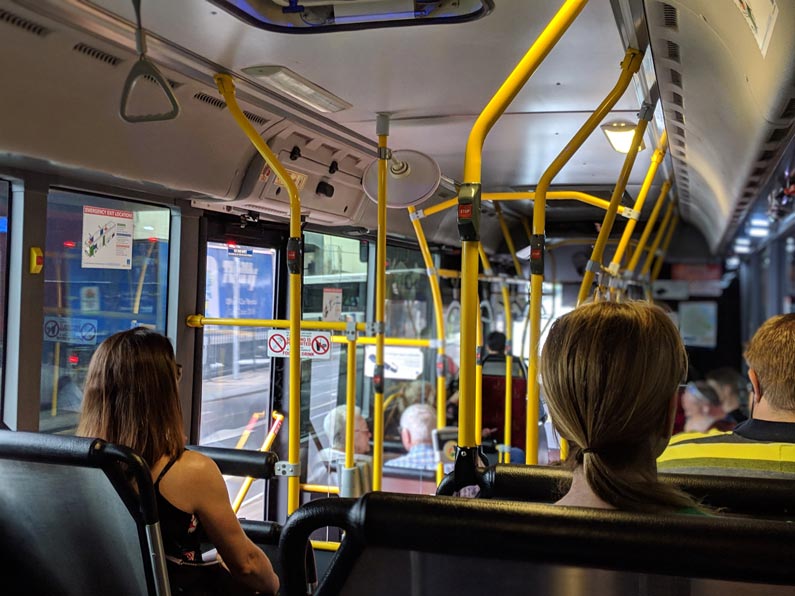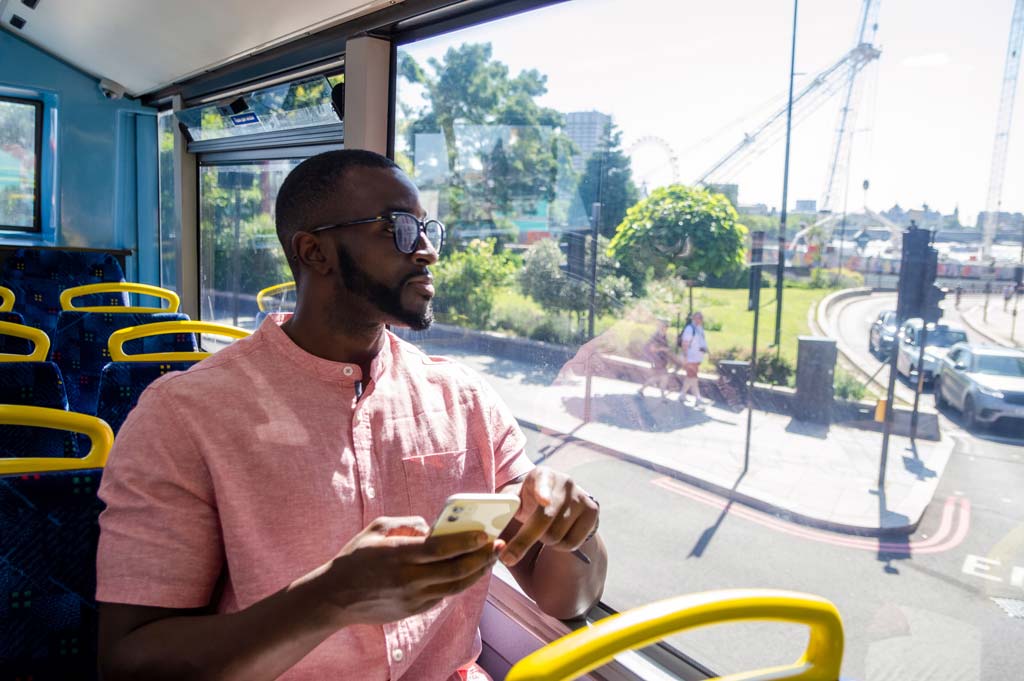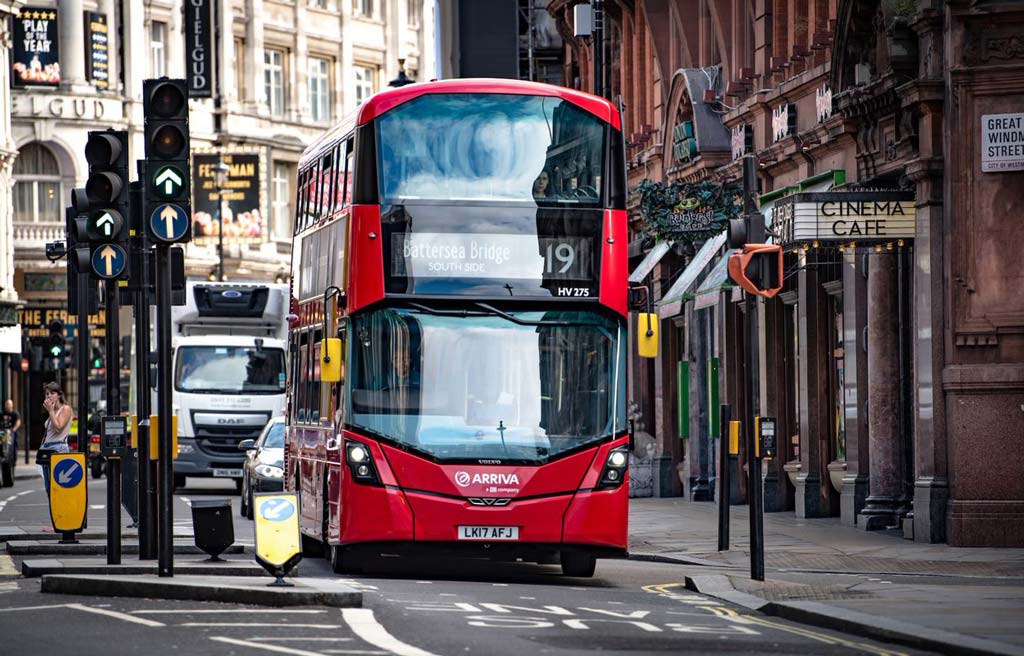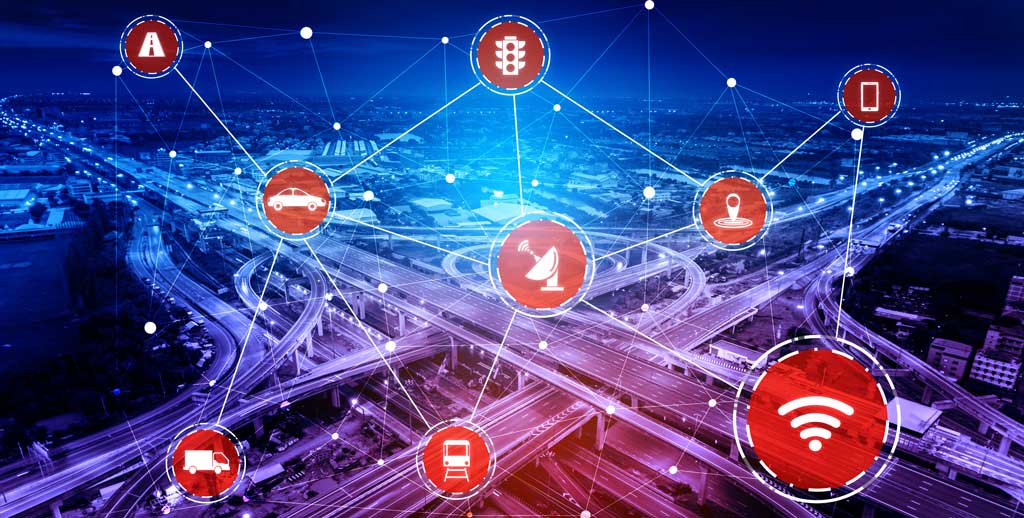Rise of the Machines
How Advanced Computing will Drive Bus Ridership Recovery
Machine Learning is an increasingly common aspect of modern life. Using the power of modern computing, it enables vast volumes of data to be harnessed, delivering valuable insight and improvements to everyday products or services, including fraud detection in online banking and tailored recommendations within streaming, shopping and social media platforms.
Given its power, there is little doubt that Machine Learning will play a transformative role in shaping the public transport networks of tomorrow. Indeed, there is an expectation that it will pave the way to an entire new generation of bus prediction algorithms, ensuring truly accurate passenger information whatever the level of disruption on the roads.
Developments in this area have in fact already begun: We at Trapeze are currently working on a project in which Machine Learning is being used to improve the reliability of public transport information systems.
Machine Learning technology enables us to bring together far more data points, thereby making it possible to continually increase the accuracy of real-time prediction algorithms. In this way we aim to ensure greater reliability of bus services, making public transport more attractive, and ultimately increasing ridership.

The Quest for Prediction Accuracy
Bus arrival and journey time prediction accuracy is notoriously challenging due to the volume and complexity of factors involved.
At Trapeze we have vast ITS experience within our UK team and the wider global Trapeze business, and already use powerful algorithms to calculate prediction times. We are proud of our record and believe few organisations come close to matching us in this area.
In London our ITS system has consistently delivered against challenging prediction accuracy KPIs – despite the city’s notoriously complex and busy environment with thousands of incidents occurring daily.
However, we recognise that passengers don’t care about complexity, the challenges of near-constant disruption, or the quality of our algorithm and team. From the public’s perspective, any time a bus fails to arrive when expected it denies them the service they expect and demand.
Distilling the Complexity
Delivery of truly accurate predictions requires vast quantities of data. The Machine Learning solution which Trapeze is developing begins by meshing together current vehicle locations with historic measurements of buses along the same patterns. However, a range of additional input factors are required to harness the power of Machine Learning, including – but not limited to – the following:
- Weather: Weather affects vehicle movements, so we are blending in current weather conditions and using a Machine Learning algorithm to understand how this impacts predictions, and then allocating ‘weightings’ to a range of scenarios.
- Traffic: Current traffic conditions must also be considered. Average vehicle speed data can be sourced from mobile phones and satellite navigation systems, but cannot be blindly relied upon. For example, the presence or otherwise of bus lanes is a huge factor directing whether a bus will be able to move through a busy city.
- Traffic Lights: Traffic lights are perhaps the most significant impact on bus movements. Traffic light priority can play an important role in keeping buses moving, but there is an additional challenge here, because even when such a system is in place, historically there has been no way to identify whether requests to change traffic lights were received and acted upon.
Our development team is therefore exploring ways to understand the impact of traffic light priority requests and responses on bus speeds, with the intention of building this into the algorithm.
Once all the data, including that outlined above, has been identified and pulled together, it is then the task of the Machine Learning algorithm to identify the impact of the full range of factors on each specific journey, and use this to refine arrival and journey prediction times in real-time.
Our sister company, Signature Rail, helps rail operators by creating pre-modelled plans which can be implemented almost at the touch of a button in the event of disruption. Passengers may not even notice the existence of an incident which would otherwise have been incredibly disruptive.
Mitigating Disruption
While Machine Learning can increase overall prediction accuracy, it is of course unable to support in instances of unforeseeable disruption – for example an accident or a vehicle stopped in a bus lane. Or is it?
At Trapeze we are also exploring the potential for Machine Learning to support decision making during unforeseen incidents, and adjust predictions accordingly.
For example, in the event of a curtailment, ITS Service Controllers could access previously defined and tested alternative routes (or ‘paths’), thereby enabling them to quickly implement proven back-up plans. The recommended path will ensure minimum impact on passengers, maintaining maximum possible service quality on the route.
Interestingly, this is similar to what our sister company, Signature Rail, already does for rail operators, in terms of creating pre-modelled plans which can be implemented in the event of disruption.
In this way, when disruption strikes, train operator staff are able to choose from a number of proven solutions which can be implemented almost at the touch of a button. As a result, passengers may not even notice the existence of an incident which would otherwise have been incredibly disruptive to both the operator and travelling public.
Naturally there tend to be many more variables on roads than on train tracks, which makes this task even more complex. This is where the Machine Learning algorithm comes into play, by making it possible to manage a far greater volume of data and being adaptive of the changes.
And finally, don’t be so sure that technology can’t do anything about incidents such as vehicles stopped in bus lanes: Trapeze has also begun working with another sister company, Taranto Systems, which manages congestion and red route enforcement in major cities, including London.
We are at an early stage, but we certainly see potential in connecting such systems. One possible integration relates to Taranto providing early warnings of potential issues on the road network, such as a vehicle blocking a red route. This data could be immediately factored into passenger information systems, with issues impacting bus service delivery flagged for priority resolution.
Taranto could provide early warnings of potential issues on the road network, such as a vehicle blocking a red route. This data could be immediately factored into passenger information systems, with issues impacting service delivery flagged for priority resolution.
Bringing Machine Learning to Life
It is not possible to effectively compare prediction accuracy between regions because they are largely directed by the innate level of ‘chaos’ within the locality. This is unrelated to its size: some major cities are relatively simple, making it easy to deliver very high levels of accuracy; while small towns can have huge complexity, resulting in significantly lower accuracy levels.
We believe that the adoption of Machine Learning will deliver a transformative impact on prediction accuracy in towns and cities with very high complexity and disruption levels, and will provide opportunities to fine tune algorithms to meet each city’s requirements.
Machine Learning is also becoming increasingly important in an electric vehicle world, as the same technology will underpin predictions for battery range. This subject is of course also incredibly complex, with a whole range of factors to consider, including the number of passengers on board, use of heating and air conditioning, and more.
Trapeze’s development team is in the process of harnessing the power of Machine Learning for bus predictions, with a solution scheduled for release later in 2022.
We know that service reliability remains an essential priority for bus users. Through Machine Learning we can deliver a step change in relation to the accuracy of predictions, elevating the passenger experience, further restoring trust in bus travel, and driving essential ridership recovery.




